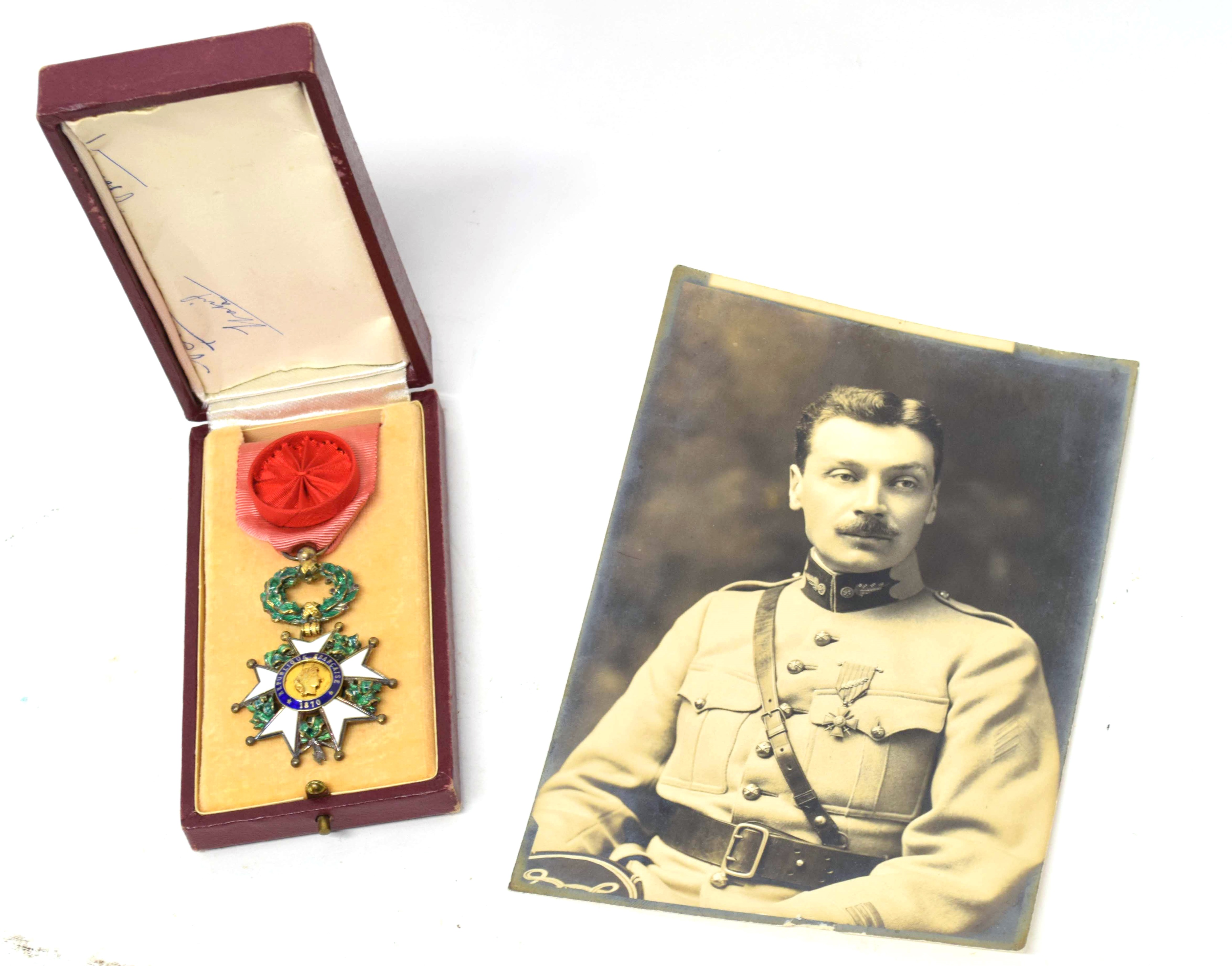

27/05/2022 General News
Oscar Crocker says that the passing of time is not diminishing interest in medals and military memorabilia from both World Wars
From Trooping the Colour and the military pomp of the Jubilee celebrations to nightly TV images of the awful war in Ukraine, our connection with the Armed Forces remains as strong as ever – something which is reflected in the continued interest in all things military in the saleroom.
There may be no surviving ‘Tommies’ from the First World War, and a dwindling band of veterans who took part in World War Two, but that doesn’t stop bidders flocking to militaria sales, whether they are collectors, historians or the simply curious.
Collectors continue to clamour for all sorts of military memorabilia, whether it is the obvious medals, uniforms and weaponry, the poignant letters, postcards and diaries sent home from the front line, or the eclectic objects of trench art and personal possessions of those who did the fighting.
It is striking that many of these are coming onto the market for the first time now, decades and even centuries after the conflicts concerned. They were often saved as treasures by those who survived, and their interest and value often lies in the human stories they represent.
Perhaps it is not surprising, given what a seismic change the two World Wars made in the life of Britain, that militaria from these conflicts still hold a fascination, even for those of us who have been lucky enough to live out lives in (relatively) peaceful times.
Because public records from both conflicts have now been declassified – and because those records are readily available online – collectors are increasingly able to match objects with the people and the events which created them, and that is often the main attraction of this type of collecting.
It has always been striking how a connection with certain events or certain regiments has made items much more collectable. For example, medals won at the Battle of the Somme (and especially on the first day) hold a significant price premium, as do medals won at Passchendaele and Gallipoli.
It is difficult to explain why this should be, other than our innate human desire to connect with key events in the past. But our new-found ability to tell the story of previously anonymous memorabilia has rekindled a real passion for medal groups which come with a back story.
When it comes to medals, those given for gallantry, as opposed to service medals (although it could be reasonably argued that these two were in fact given for gallantry), command a significant premium.
One fascinating lot in next week’s Medals and Militaria Sale at Keys is a trio of medals awarded to a French officer, Captain Ferdinand Renaudeau, which comprise the Légion d’Honneur, the Croix de Guerrre and the Order of Palms of Rosettes, which has a pre-sale estimate of £400-£600.
Captain Renaudeau enlisted in the French artillery at the outbreak of World War One, served with distinction at Verdun, and in 1917 travelled to the US to convince the Americans to engage in the conflict, while after he also worked closely with British and American forces as an interpreter.
It is right that we should never forget those whose sacrifice gave us our freedom, and objects from the Great War, particularly when brought to life with supporting personal effects and material, enable us to connect with the human beings behind the great stories of history.
Perhaps this is why militaria is as popular as ever – the fighting men may be long dead, but their memory lives on in the stories the artefacts they leave behind tell us.